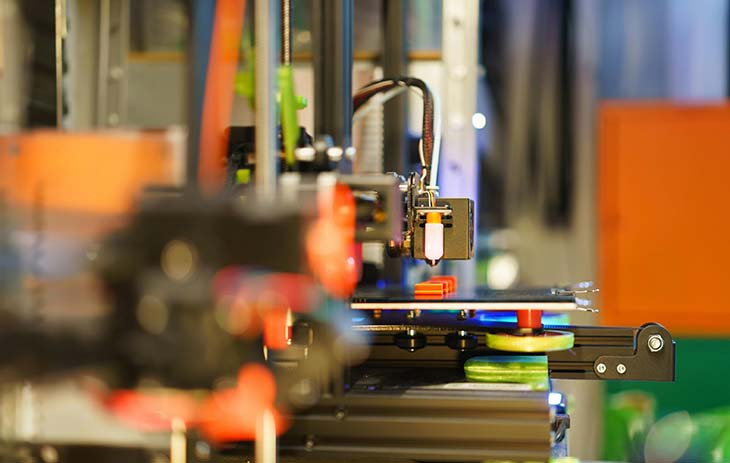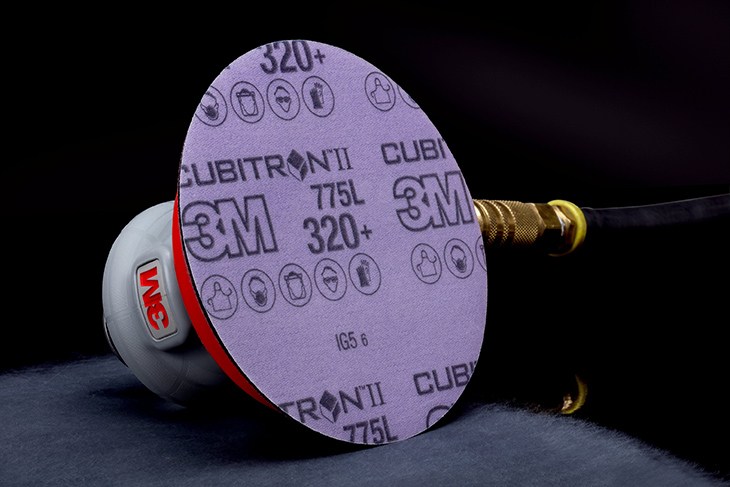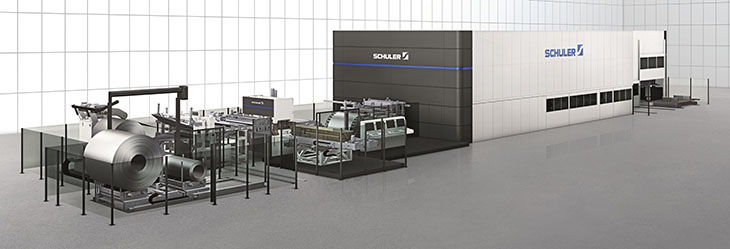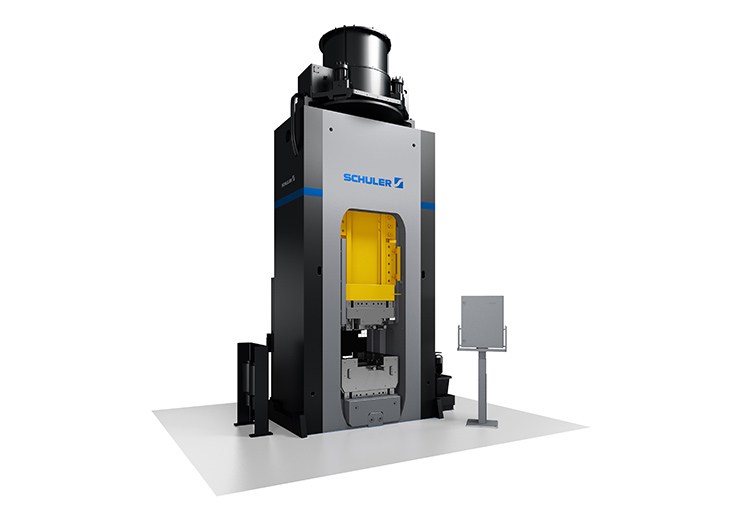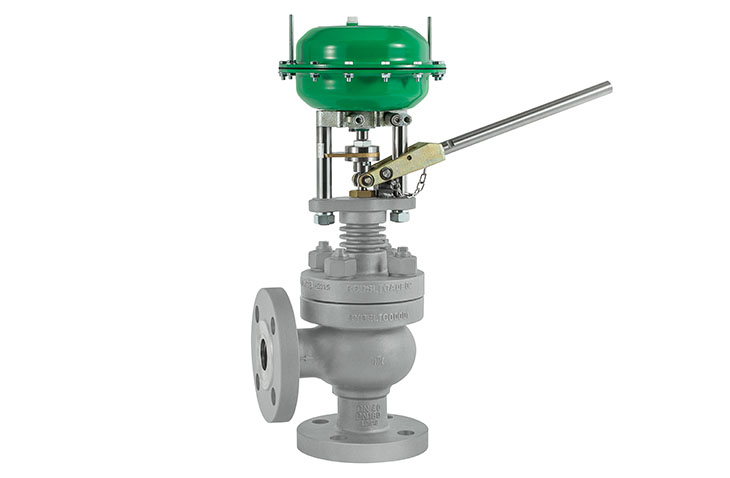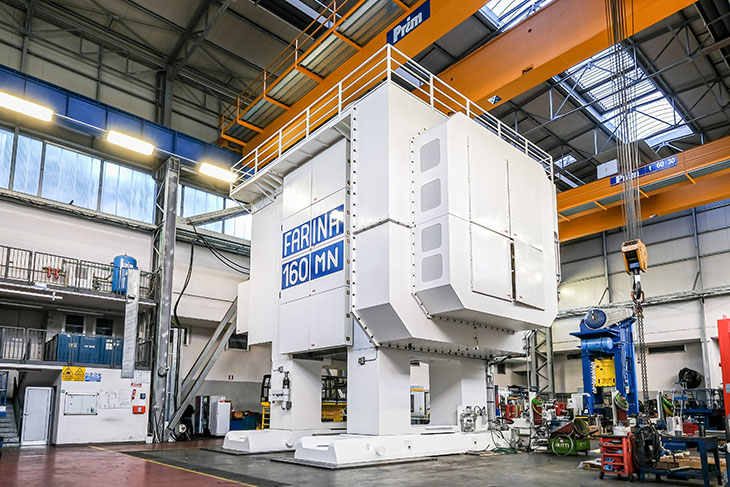Microscale 3D printing enables people to produce creations measuring micrometers or smaller. The resulting tiny but complex structures support various manufacturing and prototyping needs, often allowing people to make items that are impossible or prohibitively costly to fabricate through traditional methods.
Advancing Medical Research With Microscale 3D Printing
Many people are interested in how precision manufacturing could further medical research. That is particularly true because researchers are interested in devices that go inside the body. Small and highly functional products are more versatile and cater to the diverse needs of more patients.
One example comes from an additive manufacturing company that used microscale 3D printing to make a brace to hold two electrodes on mice vertebrae. That progress allows scientists to learn more about dorsal horn neurons in awake animals. The brace measured only 2.7 millimeters wide and required drilled electrode holes.
That tiny scale made this project ideal for microscale 3D printing. Those involved created a high-performing brace that adhered to tight tolerances. Additionally, the team built a functional part in only a week, demonstrating that this method could be an effective and efficient option for modern manufacturers or researchers.
Combining Microscale 3D Printing With Other Methods
People have also experimented with using 3D printing alongside other, more well-established production options. That approach allows them to continue working with creation techniques that are more familiar to them while experimenting with additional innovations. Injection molding is a good candidate for use alongside microscale 3D printing due to its flexible capabilities. Manufacturers use it to make parts ranging from those weighing single ounces to double-digit pounds.
One example of combining the two production methods comes from an Austrian startup that relies on a new 3D printing process and a microinjection molding machine. The 3D printing technology works when a carefully focused femtosecond laser beam affects a photosensitive resin, causing it to polymerize and solidify.
Company officials say it allows people to make 3D-printed items with precisely crafted holes and cavities, suiting particular requirements for industries that require exact results. Additionally, this production technique can create items with highly intricate details while retaining excellent surface quality. Since the size of the resultant 3D-printed items is in the nanometer range, it supports people who need to make highly complex microstructures.
Facilitating High-Speed Manufacturing Methods
Manufacturers became interested in 3D printing because they appreciated the associated fast speeds. Whether people wanted to make prototypes in less than a day or handle the demands of small production runs, printing was a viable option for these situations and others.
Does production happen as quickly when people produce items at the microscale level? Ongoing research suggests it can. University researchers developed a 3D-printing method resulting in microscopic particles that look like dust to human eyes. Those involved foresee potential applications spanning from vaccine delivery to microelectronics. This method can create up to 1 million particles daily, emphasizing its mass production prospects.
Those working on the project said this method allowed them to fabricate more complex microscopic shapes. Much of this recent work expanded on earlier research that involved using ultraviolet light to cure resin rapidly, making it form the desired shapes. However, the researchers have now automated part of the process, preventing people from manually processing particle batches. That improvement is the primary driver for such a large daily production figure.
Microscale 3D Printing Furthers Innovation
These fascinating examples reveal how manufacturers, researchers and others can make highly precise and functional items with microscale 3D printing. They will get the best outcomes by evaluating a project or client’s specific requirements and then examining whether existing equipment can meet them. If not, the ideal way forward may be to develop in-house options by altering what is already available. Additionally, having an open mind and being willing to test multiple technologies will help people achieve groundbreaking results.









